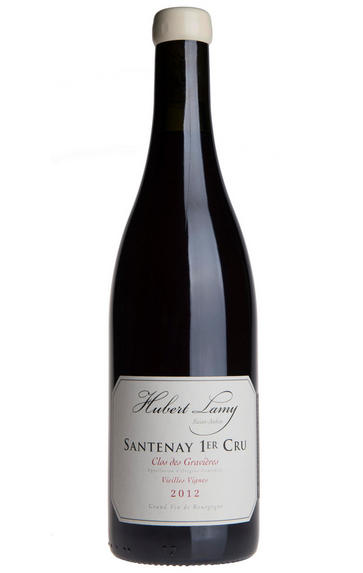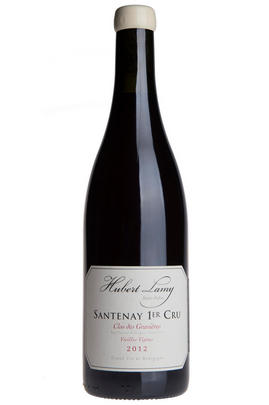
About this WINE

Domaine Hubert Lamy
There have been Lamys growing vines in St-Aubin since 1640 - today it is run by Olivier Lamy. Olivier is representative of a new breed of Burgundian grower keen to progress. He worked at Méo-Camuzet before taking over in 1996 from father Hubert. Olivier ceased supplying négociants in 1997, grubbing up and selling off peripheral vines, keeping only the best and oldest sites. Currently he is experimenting with different planting densities in a quest to capture even greater expression of terroir.
The domaine produces both reds and whites and now has 16.5 hectares of vineyards, mostly in St-Aubin but a few parcels in Chassagne-Montrachet and a tiny plot in the Grand Cru Criots-Bâtard-Montrachet. Yields are kept low and a recent innovation has been the introduction of selection tables in the cuverie to ensure that only the healthiest and ripest grapes are used.
Vinification is traditional and the wines are matured in oak casks (20-30% new) for 12 months before minimal filtration and then bottling. The quality is very high and is often superior to many wines from more fashionable villages that sell at twice the price.

Pinot Noir
Pinot Noir is probably the most frustrating, and at times infuriating, wine grape in the world. However when it is successful, it can produce some of the most sublime wines known to man. This thin-skinned grape which grows in small, tight bunches performs well on well-drained, deepish limestone based subsoils as are found on Burgundy's Côte d'Or.
Pinot Noir is more susceptible than other varieties to over cropping - concentration and varietal character disappear rapidly if yields are excessive and yields as little as 25hl/ha are the norm for some climats of the Côte d`Or.
Because of the thinness of the skins, Pinot Noir wines are lighter in colour, body and tannins. However the best wines have grip, complexity and an intensity of fruit seldom found in wine from other grapes. Young Pinot Noir can smell almost sweet, redolent with freshly crushed raspberries, cherries and redcurrants. When mature, the best wines develop a sensuous, silky mouth feel with the fruit flavours deepening and gamey "sous-bois" nuances emerging.
The best examples are still found in Burgundy, although Pinot Noir`s key role in Champagne should not be forgotten. It is grown throughout the world with notable success in the Carneros and Russian River Valley districts of California, and the Martinborough and Central Otago regions of New Zealand.



Buying options
Add to wishlist
Description
This new vineyard in the Lamy cellar has yielded two barrels from 40-year-old vines and, as the name suggests, there are lots of stones in the soil. This has a lighter colour but a really fine ethereal Pinot nose that is graceful and charming. Middleweight, yet very persistent.
Jasper Morris MW, Burgundy Wine Director
Olivier Lamy began harvesting early for certain plots (on 16th September) and then took the time to pick individual vineyards as they ripened. It proved to be a small but perfectly healthy vintage in St Aubin, with superbly concentrated wines. Olivier has decided to use very little new oak; 20% for his red wines and none for the white. The reds didn’t need much sorting and the colours and fruit extract came out very quickly in the fermenting vat. A great vintage chez Lamy but, alas, a very small one, though it is enhanced by the addition of one or two new vineyards.
wine at a glance
Delivery and quality guarantee